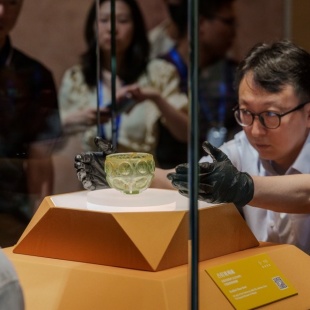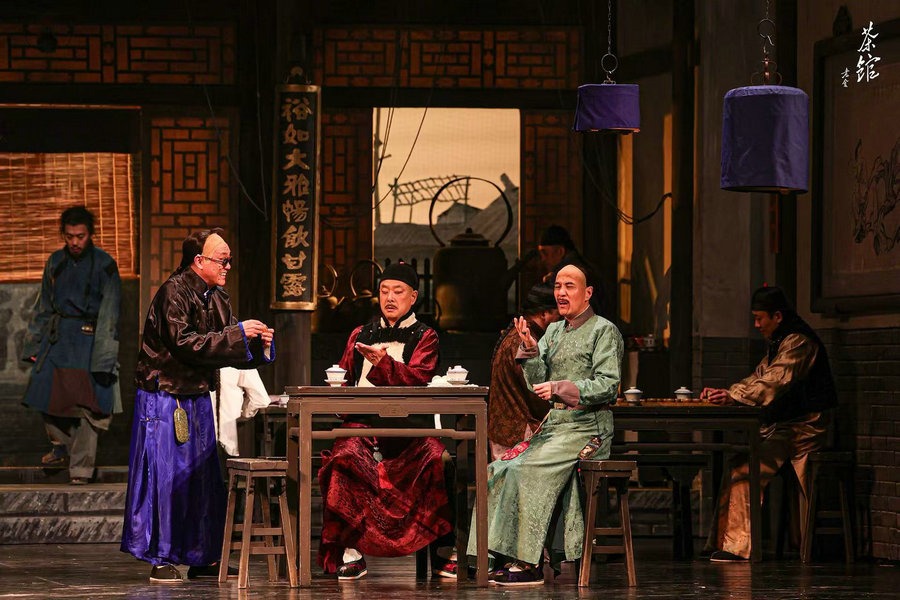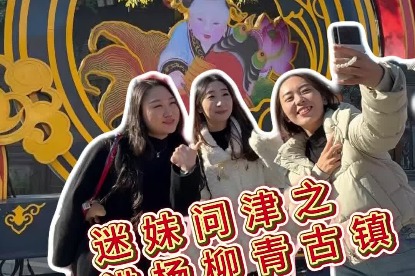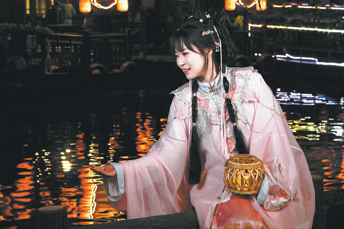Shanghai exhibit casts lights on ancient Ningxia city

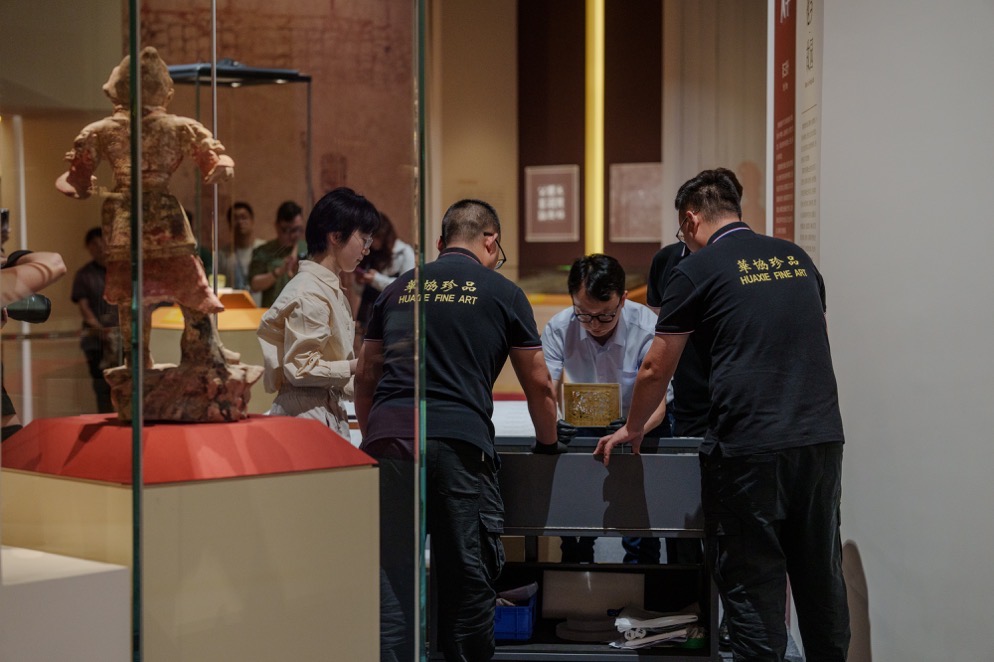
A new exhibition at Shanghai Museum is set to cast a spotlight on Guyuan, a city in the south of Ningxia Hui autonomous region.
The Spiraling Glory: Treasures from Guyuan, Ningxia features more than 300 artifacts, dating from the Western Zhou (c.11th century-771 BC) to the Sui (581-618) and Tang (618-907) dynasties, all found in the Guyuan region. The exhibition will run from July 9 to Nov 17 at the China Eastern Airlines Exhibition Gallery 2 in Shanghai Museum East.
Guyuan, sitting in the foothills of the Liupan Mountains, was a crossroads for agrarian and nomadic civilization in ancient China, a stronghold of the Central Plains and a vital hub along the ancient Silk Roads.
Guyuan is an excellent and rare sample of history, "like slicing a carrot, we can see many aspects of its long historical development and communications with other cultures, reflecting the openness of Chinese civilization," said curator of the exhibition Wang Yue, a researcher at Shanghai Museum.
Among the highlights of the exhibit are exotic treasures found in the tomb of Li Xian, an official during the Northern Zhou Dynasty (557-581), such as a gilded silver ewer and a studded glass bowl, indicating the extent of commerce along the Silk Roads.
These artifacts not only depict the grand panorama of cultural integration in ancient Guyuan, but also provide substantial evidence of the strong appeal and remarkable inclusiveness of Chinese civilization, said Chu Xiaobo, director of Shanghai Museum.


